Osteoma is a chronic disease of the spine. It develops with age and includes the degenerative-dystrophic changes that occur in the disc. For a long time, there were no symptoms. A person may only notice some stiffness in the spine.
Slow progression of osteosarcoma - many factors influence disease incidence. If the pathology is not treated, complications arise - sciatica, sciatica and others, depending on the spine. Some doctors believe that such a disease as osteonecrosis does not exist, and only those who do not understand human physiology make such a diagnosis.
Reason
In the 21st century, compared with the 20th century, this disease has noticeably rejuvenated. Quite often, you may encounter young people with degenerative-dystrophic changes in the disc during a physical examination for another medical condition. There is only one reason for this - urbanization and progress.
Nowadays, a person doesn't need to make an effort to go to work or get food. Most lead a sedentary lifestyle, eat poorly and gain weight quickly, like to walk in the fresh air and be active, like to use computers and comfortable sofas. Even before going to work, many people got into their own cars, stayed in the basement garage on the territory of a multi-storey building, and sat at work from 7-9 hours or more.
On a note. Osteochondrosis is a disease only in humans. No other mammal species has such a pathology. You need to understand that this is the retribution of Homo sapiens for walking.
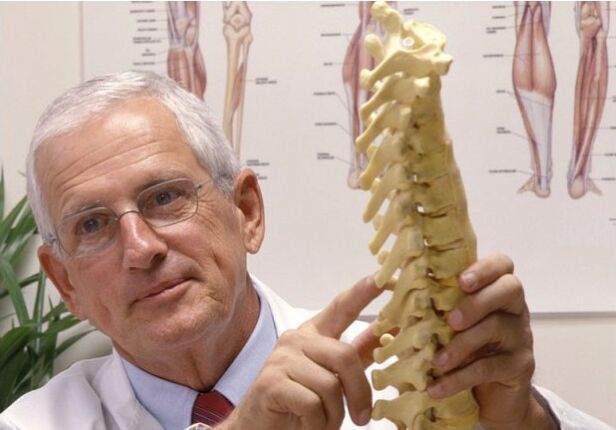
What causes osteonecrosis?
The following factors can promote the onset of the disease due to inactivity, lack of physical activity and unhealthy lifestyle:
- violation of mineral and vitamin metabolism;
- a large number of infectious diseases are transferred;
- chronic stress, depression;
- sudden movements, heavy lifting;
- spinal cord injury;
- severe hypothermia;
- sloppiness;
- untimely attention and untreated scoliosis;
- stay in an uncomfortable position for a long time (not necessarily sitting).
On a note. Big sports have bad effects on human health. For example, weightlifting (and not only) in the future could become a trigger for degenerative-dystrophic changes in the intervertebral disc.

What happens to the spine?
The following factors directly affect the health of the back:
- blood circulation in the disc tissues is disturbed, the discs are deprived of nutrients (they do not have their own blood vessels and depend on the tissues around them);
- the muscular corset that supports the spine weakens, the vertebrae receive an extra load that they cannot cope with;
- discs lose moisture, decrease in volume and diameter - the spine seems to sag (many people notice that they become 5 or even 10 cm lower with age);
- there is instability of one or more parts of the spine;
- The body solves the problem of instability by developing osteoclasts - these are marginal bone growths that, over time, immobilize the spine tightly, losing its flexibility.
On a note. The transformation of the spine itself is not painful - the pain syndrome occurs when nerve roots, great arteries, and lymphatic vessels are invaded by osteoblasts or the anatomical position of the vertebral bodies is altered.
Symptom
Signs of osteonecrosis increase with disease progression. There are 4 stages of the disease:
- The first day. Symptoms are completely absent. No pain. A person may feel a little more tired than usual, some stiffness in the spine, which he explains to himself as a result of fatigue, overexertion and overwork. Osteoma in the early stages can
- Monday. Persistent pain syndrome occurs due to nerve root invasion, which is susceptible to discontinuation of non-steroidal anti-inflammatory drugs. If the patient continues to ignore the body's signals and does not seek medical attention, the disease will progress rapidly. The flexibility of the spine is reduced, especially in the neck and lumbar areas. The occurrence of vertebral artery syndrome may be due to its compression by edematous stromal tissue or to a displaced vertebra.
- The third day. Illness in a state of collapse. The pain haunts the patient around the clock, slightly weak when lying horizontally, but unable to maintain a position for a long time (sitting on the back, lying on the side). Sleep is disturbed, the patient becomes irritable. A person stooping (thoracic, lumbar), tries to take a more comfortable position without causing discomfort, which becomes the driving force behind the formation of kyphosis, scoliosis and other deformities of the spine.
- Wednesday. There is an accretion of bone-forming substance - stabilizes the spine. The patient can only look around by fully rotating the torso. The pain is strong, constant, completely resolved with only blocking drugs (novocaine, prednisolone). The rate of disability in the fourth stage is about 80%.
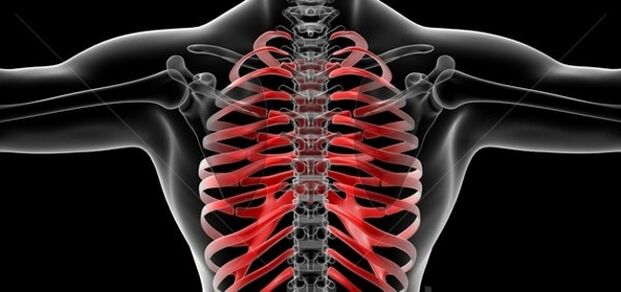
Simultaneous with the listed signs, the patient may be tormented by symptoms that at first glance have nothing to do with the back - dizziness, flies in the eyes, arterial hypertension, numbness of the upper extremities (gangrene). ankle bone), chest pain. mimicking an angina or heart attack, intercostal neuralgia (thoracic osteonecrosis), cauda equilibria, numbness of the lower extremities (lumbosacral osteonecrosis).
On a note. Pathology causes vegetative disorders and neurodystrophies.
Diagnose
To confirm the correct diagnosis, the patient is sent for X-ray, myelogram, and neurological examination of reflexes. If this is not enough, a referral will be granted to:
- MRI (magnetic resonance imaging);
- CT (computed tomography);
- NMR (nuclear magnetic resonance).
The doctor also interviews the patient and conducts a medical examination, thereby identifying the areas of pain, possible curvature of the spine, the difference in leg length and other objective signs of the injury. Spine.
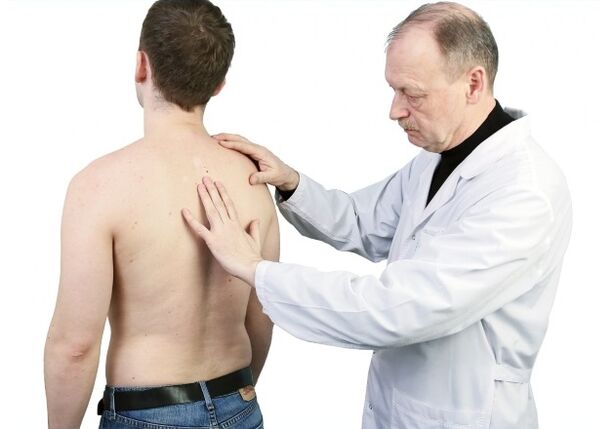
Therapy
Treatment of osteonecrosis is complex. To stop the degenerative process, or at least slow it down, are indicated:
- chondroprotectors - external use, oral (oral), injection to restore cartilage tissue;
- muscle relaxants - relaxes spasmodic muscle groups, used only under medical supervision;
- analgesic;
- blockade - relieves pain for a long time, but does not cure it;
- physical therapy (magnetic therapy, electrophoresis, vibration therapy, EHF and others);
- Therapeutic gymnastics and author's gymnastics;
- Massage;
- Acupuncture;
- balneo- and mud therapy.
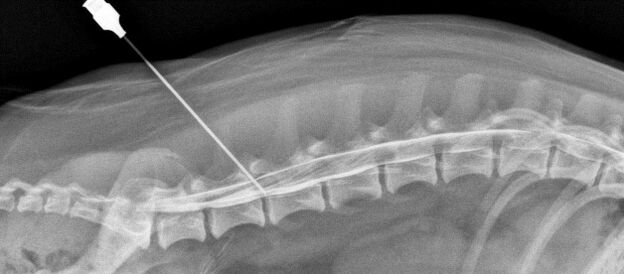
In severe cases (incontinence and defecation, equina cauda syndrome), surgical intervention may be required to decompress and stabilize the affected spinal segments.
Extract operations with the following access:
- surgical removal of the face;
- ankle amputation;
- laminectomy;
- laminotomy.
Extract operations with previous access:
- evisceration;
- cut off the shell.
To stabilize the damaged segment, spinal fusion is used - the fusion of adjacent vertebrae using a special fixing structure (rod). A bone implant is placed in place of the removed disc (bone material obtained from a donor or formed from the patient's own bone).
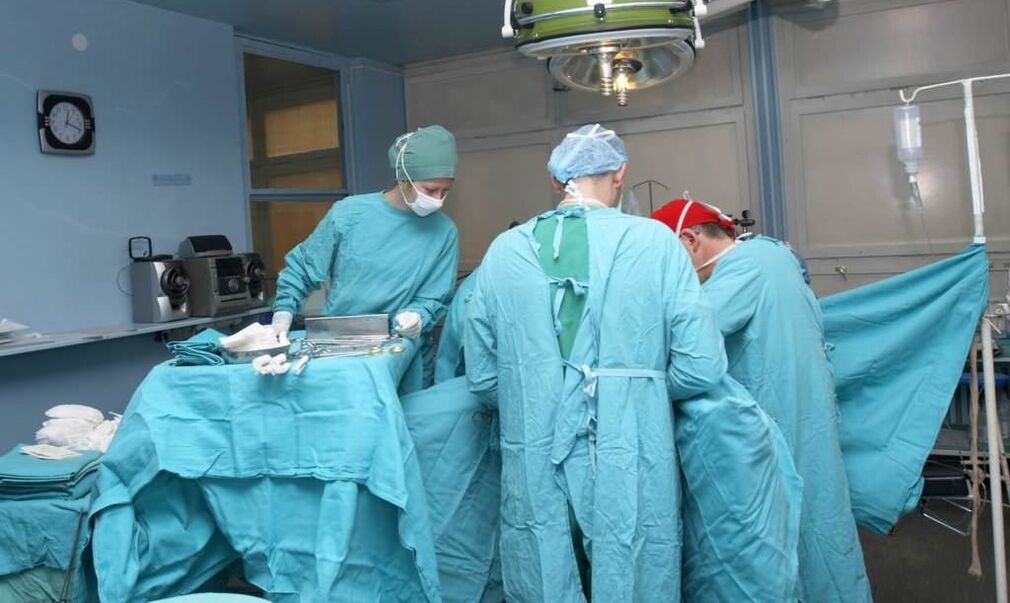
On a note. Spinal fusion can be avoided. Surgeons have made great progress in the surgical treatment of osteonecrosis. Instead of a removed disc, an artificial disc can be inserted and thus complete immobilization of the segment can be avoided. Operations on the spine have many complications, so they are prescribed only in severe cases.
Prevent
Even Hippocrates said, "Prevention is easier than cure". This rule also applies to osteonecrosis. It is enough for a person to monitor their health, lead an active lifestyle, eat right, exercise regularly to maintain the health of the spine.
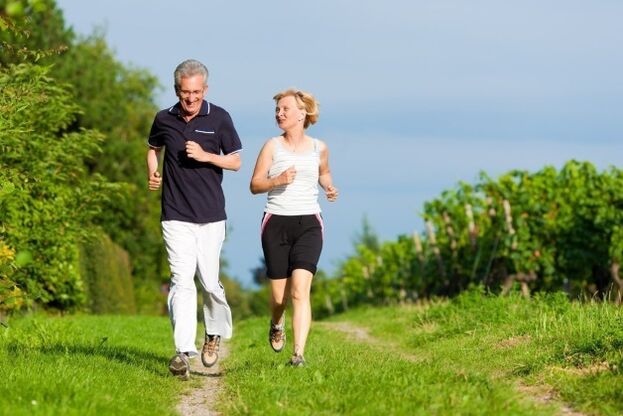
If the disease still manifests itself, prevention will help prevent the onset of the disease. Follow these guidelines:
- Sleep on a suitable mattress and pillow. Choose orthopedics and consult your doctor first.
- Make it a rule to walk at least half an hour before and after work. During the break, do not sit at the computer or phone, but warm up carefully, then have a snack.
- Monitor your weight. The higher you go, the stiffer the spine.
- Adhere to the rest regime (work during the day, sleep at night).
- Try to remove stress from your life. If you feel you are falling into a state of depression, see a therapist.
On a note. Traditional healers assert that osteonecrosis can be cured with the help of medicinal herbs. It's hard to say how true this statement is. Treatment with alternative methods can be applied in addition to the method prescribed by the doctor. Otherwise, results are not guaranteed.
Bone tumor is a dangerous and disabling disease if not treated in time. If you find yourself getting suspiciously tired quickly and in the morning your spine is less flexible than before, consult your doctor and have a thorough examination. In the early stages, the pathology can be slowed down and even stopped altogether.



























